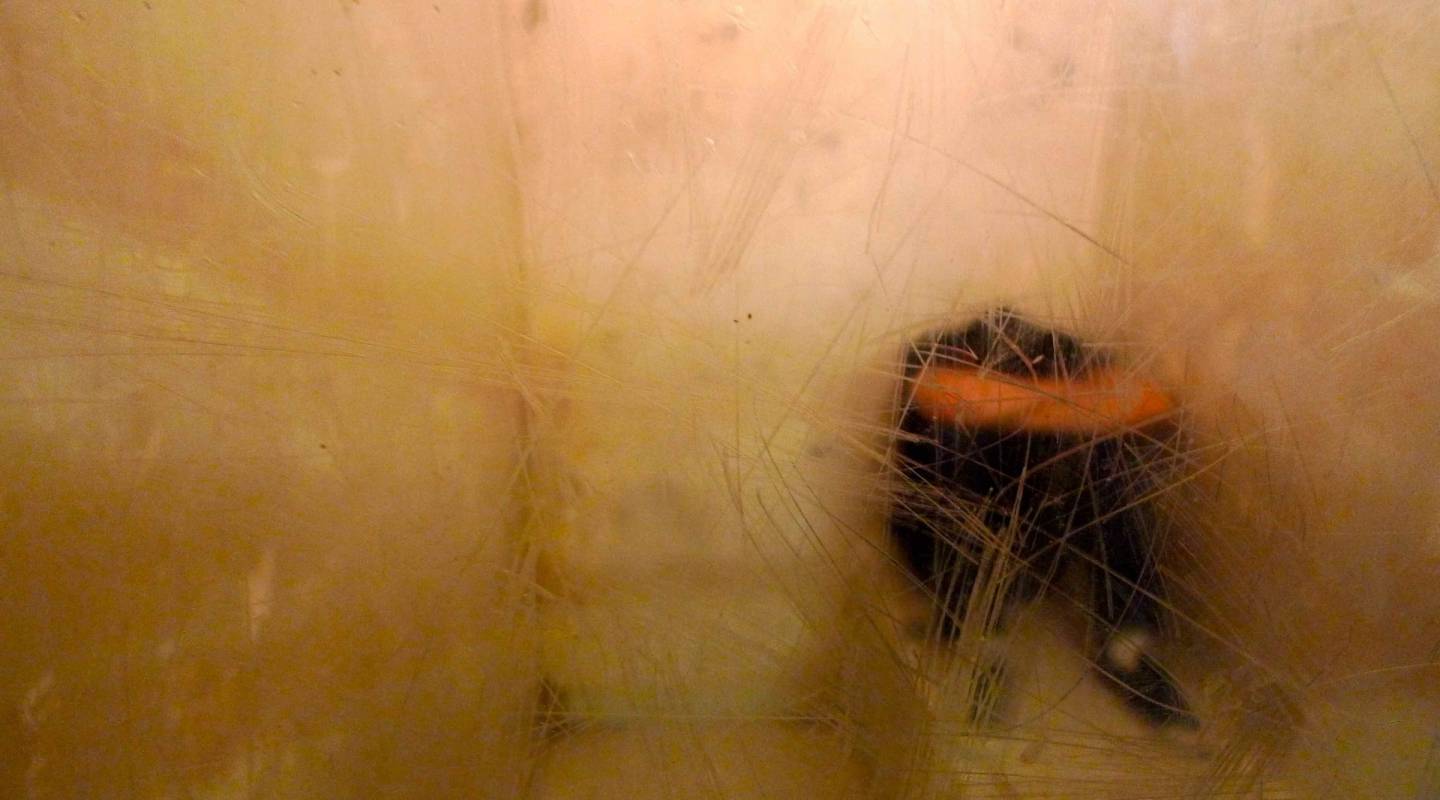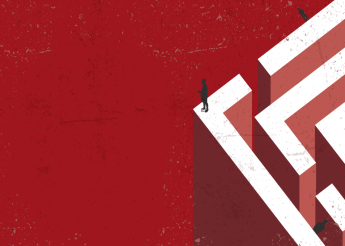The prefect proposes the prisoner’s transfer to a specific facility and that proposal is sent to the relevant medical team for their approval. This usually happens when the prison can no longer provide the care a prisoner needs. Prisoners can be placed in a Specially Equipped Hospitalisation Unit (Unité hospitalière spécialement aménagée, UHSA), in a Unit for Difficult Psychiatric Patients (Unité pour malades difficiles, UMD) or in a Psychiatric Intensive Treatment Unit (Unité de soins intensifs psychiatriques, USIP). Prisoners can request a transfer to a UHSA.
Transfer. There are typically long waiting times for all facilities. Emergencies are therefore mostly handled by the general departments in psychiatric hospitals. Building the UHSAs has not been a sufficient response to the issue of mental health emergencies. Prisoners wait on average six months before being admitted to a UMD. In 2018, 7% of prisoner-patients were admitted to UMDs.
Placement duration. These facilities do not provide long-term care. Prisoners are usually transferred back to prison after a few months. Placements last between one and three months in UHSAs, six months in UMDs, and two or three months in USIPs. In reality, over 38% of these facilities do not set a limited period of placement.
Measure review. Patient-prisoners have the same rights of appeal as other patients. They can consult the JLD at any time to contest the validity of the admission without consent measure to which they are subjected to. The judge is also responsible for monitoring the need for isolation and restraint measures.
The Medical Monitoring Commission (Commission de suivi médical, CSM) of each UMD decides whether a person needs to be kept in a UMD. They must reassess the patient-prisoner’s mental state at most every six months. In particular, they check the standards of care by visiting the UMD they are responsible for at least once every six months. They then send a report to the Departmental Committee for Psychiatric Treatment (Commission départementale des soins psychiatriques, CDSP) and to the prefect.
Specially Equipped Hospitalisation Units (UHSA)¶
The UHSAs are hospital facilities established inside healthcare institutions. They are jointly operated by the Health Ministry and the Justice Ministry. The prison administration provides the staff responsible for external security.
These units accommodate, at the request of the prison doctor, prisoners for full hospitalisation with or without their consent. There are nine units with a total of 440 places. In 2018, The Health Ministry announced the construction of eight new UHSAs which would add a further 265 places.
The USHAs were intended as a solution to the emergency situations taking place in prisons. Yet the units have not risen to the challenge. The CGLPL found that the Marseille USHA “does not accept emergency patients, and its average admission times in 2019 were too long to provide care at the opportune moment. In the absence of a place in a USHA, the majority of psychiatric emergencies in prison result in hospitalisation in a psychiatric ward”. The average waiting time to be admitted into a USHA varies between regions. In the Department of Nord, the average waiting time in 2019 was nine days. The average waiting time in 2019 for the USHA in Condé sur Sarthe was between 35 and 39 days. The CGLPL described how: “As a result, patients in a state of mental health crisis have been inappropriately left for more than a month in their cell without any psychiatric follow-up”.
Daily life¶
The prison administration manages admissions and discharges for the USHA. It is responsible for the visits and searches. Living conditions vary from one UHSA to another. In some, patients can circulate freely during the day, as is the case in Marseille and Toulouse. In others, living conditions are similar to those on a hospital ward. Patients live in rooms and only medical staff are present within the premises. The rooms in the USHA in Vinatier were considered bright and spacious. There are individual bathrooms and the patients can decorate the walls. Smoking is not permitted and prison guards can be called by medical staff in the case of an emergency.
Treatment plans¶
Psychiatrists prescribe therapies and drug treatments. There are few activities outside of treatment time, which usually results in patient-prisoners becoming inactive. The care provided “does not seem to be able to meet the challenges of caring for people who have medical and social vulnerabilities, or aim to leave the prison system”. The care team available differs from one facility to another. On average, there are two to five full-time psychiatrists. In 2017, only one facility has a full-time general practitioner. Nurses and psychologists are also present. Some facilities have psychomotor therapists, sports educators, occupational therapists, and physiotherapists. A social worker provides “educational, legal and social care”.
Training¶
Healthcare staff training. Healthcare staff are specifically trained in psychiatric care. Some are trained in elements of prison law.
Prison officer training. UHSA guards do not have specific training in providing care for people suffering from mental disorders.
Continuity of treatment¶
The care coordination plan for prisoners when they leave the UHSA to return to prison, has been deemed “unsatisfactory”. The medical teams on the unit rarely provide clear or precise information about the person’s care requirements needs. The SPIP is absent from the UHSA.
Units for Difficult Psychiatric Patients (UMD)¶
These units, set up in 10 psychiatric hospitals, receive patients who pose a danger to themselves or others. Due to the state of their health, following a medical proposal with a treatment goal, intensive care protocols, and individual security measures have to be implemented.
People declared not criminally responsible can also be placed there. Admission, which takes the form of full hospitalisation, happens without the patient’s consent. The UMDs currently have around 530 places. They are stretched beyond their capacity, as requests for admissions increase while the number of discharges is low.
Daily life¶
Living conditions in UMDs are similar to those in general psychiatric hospitals. No prison or surveillance staff are present, but there is a particularly strengthened medical team. The majority of patients spend between 18 and 23 hours a day in their room. The CPT observed that the patients at Cadillac UMD typically remain sat in armchairs in the communal areas, without any interaction from the care teams.
Treatment plans¶
Each patient receives a personalised treatment plan, which includes medical treatments and psychotherapy. The CPT reported excessive prescription of psychotropic medication to some patients. However, it highlighted the implementation of therapeutic education programmes for patients suffering from schizophrenia. The aim is to help them recognise risky situations and the warning signs of a crisis. The medical team is multidisciplinary; at least four psychiatrists, two general practitioners and two interns are always present. They are helped by approximately 40 nurses and care assistants.
Training¶
Healthcare staff training. Healthcare staff are usually trained in psychiatric care. Some are trained in prison law.
Prison officer training. UMDs do not have prison staff responsible for surveillance.
Psychiatric Intensive Treatment Units (USIP)¶
USIPs are closed high-security units in a medical facility. They can accept prisoners with severe behavioural problems who cannot receive proper care in a general psychiatric department.
These units in psychiatric hospitals accept patients, sometimes in emergencies, who pose a danger to themselves or others. Due to the state of their health, following a medical proposal with a treatment goal, intensive care protocols, and individual security measures have to be implemented.
Daily life¶
USIPs are secured wards with around 15 beds per unit. The CPT noted efforts to furnish the units but highlighted the austere nature of some of them.
In all facilities, isolation and restraint measures must be authorised by the psychiatrist. These measures should be used as a last resort, in case of serious danger to the health of the patient or others.
Treatment plans¶
The provision of treatment varies depending on the USIP. Activities such as occupational or psychomotor therapy are rare. The medical team is multidisciplinary, and there is a heightened presence of caregivers: on average, one nurse is present for every four patients. In 2019 the CPT revealed that so-called “as needed” prescriptions (Editor’s note: conditional, Pro Re Nata or “PRN”, medication prescriptions which can be added onto continuous prescriptions) for powerful sedatives were used for 90% of the patients in the Cadillac USIP. The CPT viewed this practice as “excessive”.
Training¶
Healthcare staff training. Healthcare staff are specifically trained in psychiatric care. Some are trained in prison law.
Prison officer training USIPs do not have prison staff responsible for surveillance.












